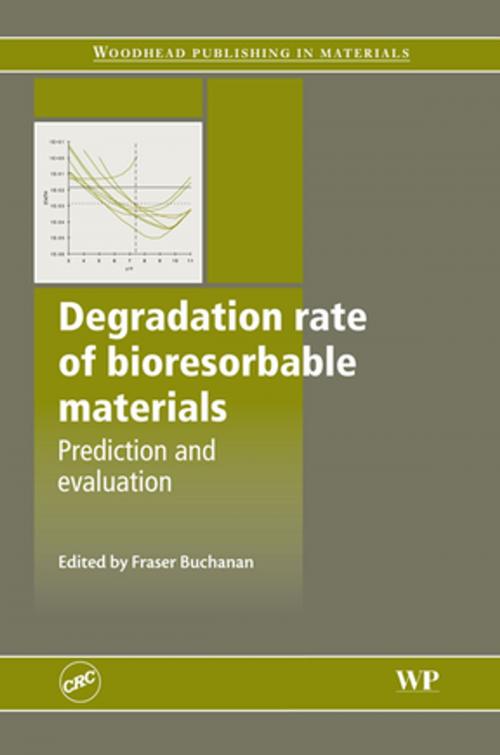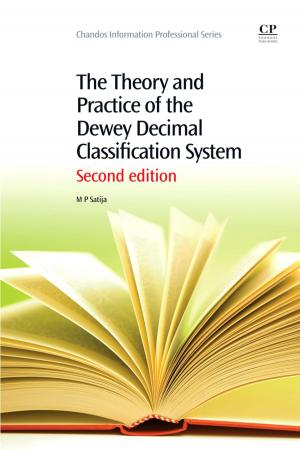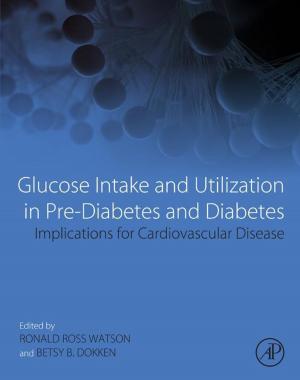Degradation Rate of Bioresorbable Materials
Prediction and Evaluation
Nonfiction, Science & Nature, Technology, Material Science| Author: | ISBN: | 9781845695033 | |
| Publisher: | Elsevier Science | Publication: | September 26, 2008 |
| Imprint: | Woodhead Publishing | Language: | English |
| Author: | |
| ISBN: | 9781845695033 |
| Publisher: | Elsevier Science |
| Publication: | September 26, 2008 |
| Imprint: | Woodhead Publishing |
| Language: | English |
Bioresorbable materials are extensively used for a wide range of biomedical applications from drug delivery to fracture fixation, and may remain in the body for weeks, months or even years. Accurately predicting and evaluating the degradation rate of these materials is critical to their performance and the controlled release of bioactive agents. Degradation rate of bioresorbable materials provides a comprehensive review of the most important techniques in safely predicting and evaluating the degradation rate of polymer, ceramic and composite based biomaterials.
Part one provides an introductory review of bioresorbable materials and the biological environment of the body. Chapters in Part two address degradation mechanisms of commonly used materials such as polymers and ceramics. This is followed by chapters on bioresorption test methods and modelling techniques in Part three. Part four discusses factors influencing bioresorbability such as sterilisation, porosity and host response. The final section reviews current clinical applications of bioresorbable materials.
With its distinguished editor and multidisciplinary team of international contributors, Degradation rate of bioresorbable materials: prediction and evaluation provides a unique and valuable reference for biomaterials scientists, engineers and students as well as the medical community.
- Comprehensively reviews the most pertinent techniques in safely predicting and evaluating the degradation rate of bioresorbable materials
- Addresses degradation mechanisms of commonly used materials
- Discusses factors influencing bioresorbability such as sterilisation and host response
Bioresorbable materials are extensively used for a wide range of biomedical applications from drug delivery to fracture fixation, and may remain in the body for weeks, months or even years. Accurately predicting and evaluating the degradation rate of these materials is critical to their performance and the controlled release of bioactive agents. Degradation rate of bioresorbable materials provides a comprehensive review of the most important techniques in safely predicting and evaluating the degradation rate of polymer, ceramic and composite based biomaterials.
Part one provides an introductory review of bioresorbable materials and the biological environment of the body. Chapters in Part two address degradation mechanisms of commonly used materials such as polymers and ceramics. This is followed by chapters on bioresorption test methods and modelling techniques in Part three. Part four discusses factors influencing bioresorbability such as sterilisation, porosity and host response. The final section reviews current clinical applications of bioresorbable materials.
With its distinguished editor and multidisciplinary team of international contributors, Degradation rate of bioresorbable materials: prediction and evaluation provides a unique and valuable reference for biomaterials scientists, engineers and students as well as the medical community.
- Comprehensively reviews the most pertinent techniques in safely predicting and evaluating the degradation rate of bioresorbable materials
- Addresses degradation mechanisms of commonly used materials
- Discusses factors influencing bioresorbability such as sterilisation and host response















